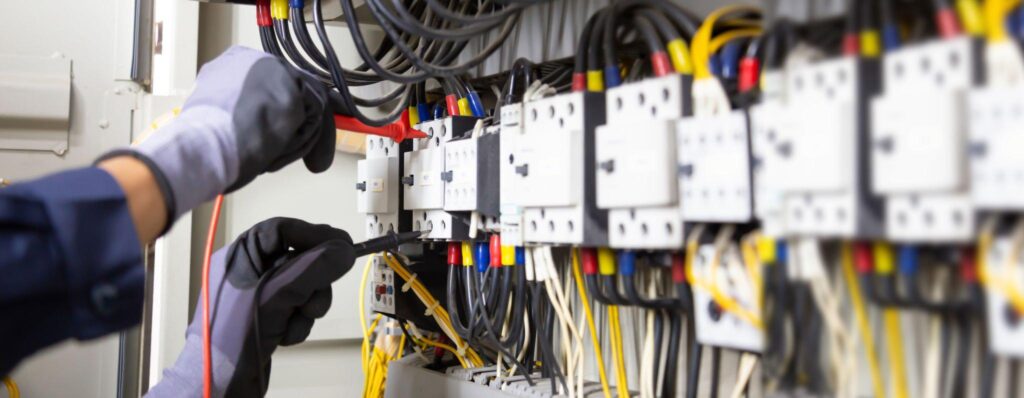In the ever-evolving world of electrical fittings, it’s crucial to stay up-to-date with the latest trends and technologies. Whether you’re a homeowner, a contractor, or an enthusiast, understanding the key electrical fitting features is paramount. Let’s delve into this electrifying topic and shed light on what you need to know.
The Importance of Quality Electrical Fittings
Before we dive into the specifics, it’s essential to recognize the significance of using top-notch electrical fittings. These components are the backbone of any electrical system, ensuring safety, reliability, and efficiency. Investing in high-quality fittings can prevent accidents, reduce energy consumption, and extend the lifespan of your electrical infrastructure.
Durability and Longevity
One of the primary considerations when selecting electrical fittings is durability. Quality fittings are designed to withstand the test of time, resisting corrosion, wear, and tear. This longevity ensures a stable electrical connection, reducing the need for frequent replacements and maintenance.
Compatibility and Versatility
Electrical systems come in various shapes and sizes, so it’s vital to choose fittings that are compatible with your specific needs. Look for fittings that offer versatility, allowing you to connect different types of wires, cables, and devices effortlessly. Versatile fittings save time and resources during installations.
Safety Features
Safety should always be a top priority when dealing with electricity. High-quality electrical fittings incorporate safety features such as insulation, grounding capabilities, and protection against electrical surges. These features mitigate the risk of electrical accidents and fires.
Efficiency and Energy Savings
Efficiency is the name of the game in today’s energy-conscious world. Modern electrical fittings are designed to maximize energy efficiency by reducing energy loss and heat generation. Using energy-efficient fittings not only lowers your electricity bills but also contributes to a greener planet.
Exploring Electrical Fitting Types
Now that we’ve highlighted the importance of quality fittings, let’s explore some common types:
1. Plug and Receptacle Outlets
Plug and receptacle outlets are the most recognizable electrical fittings in any home or workplace. They provide a convenient way to connect electrical devices and appliances. Look for outlets with built-in surge protection for added safety.
2. Switches
Switches are essential for controlling lighting and electrical circuits. Choose switches that offer easy operation and long-term reliability. Modern options include smart switches that can be controlled remotely for added convenience.
3. Wire Connectors
Wire connectors are vital for creating secure and reliable electrical connections. Twist-on wire connectors and push-in connectors are popular choices for residential and commercial applications. Ensure proper insulation and compatibility with your wire types.
4. Cable and Conduit Fittings
For organizing and protecting wires and cables, cable and conduit fittings are indispensable. These fittings come in various sizes and materials to suit different environments and requirements. Consider weather-resistant options for outdoor installations.
Transitioning Towards a Safer Electrical Future
In conclusion, electrical fittings are the unsung heroes of every electrical system. They provide the foundation for safe and efficient power distribution. By prioritizing quality, durability, and safety features in your electrical fittings, you’re not only protecting your property but also contributing to a more sustainable and energy-efficient future.
For expert guidance on selecting the right electrical fittings for your project or to discuss your electrical needs, don’t hesitate to reach out to us. Your safety and satisfaction are our top priorities.

